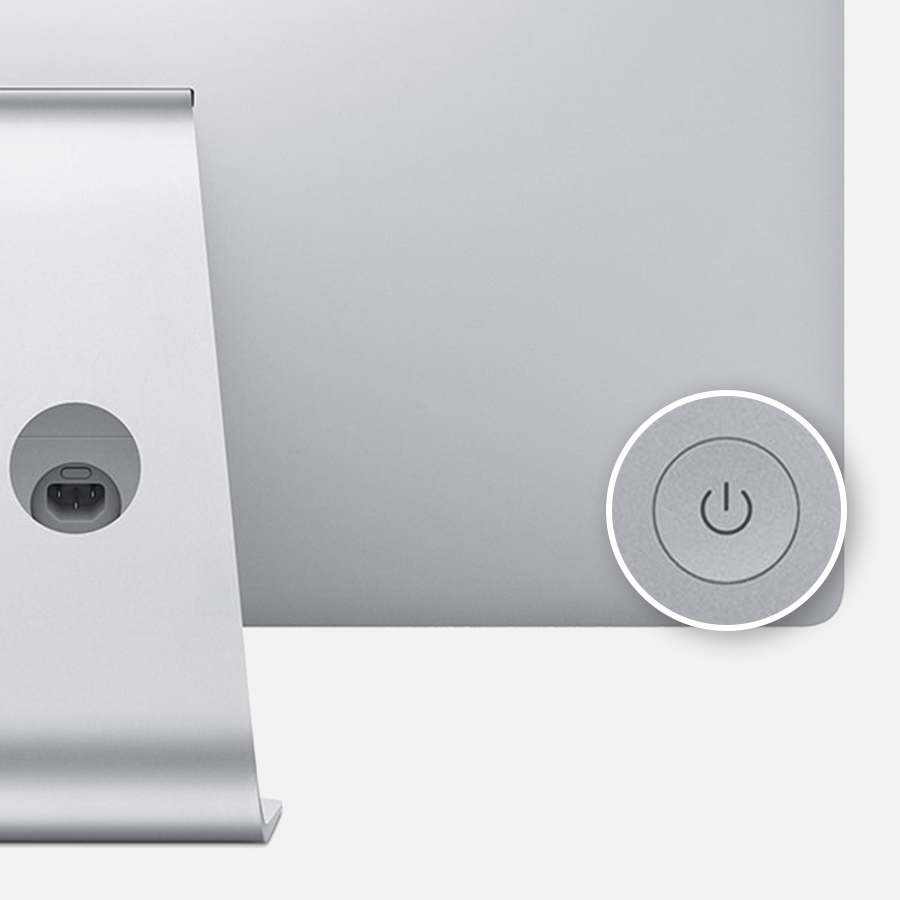

Now you’ve turned off your iPhone, you’re probably wondering how you’re going to turn it back on with no functioning power button. Swipe the power icon from left to right across slide to power off to shut down your iPhone. Then tap Device and press and hold Lock Screen. Now that AssistiveTouch is on, tap the button that has appeared on your iPhone’s display. Go to Settings -> Accessibility -> Touch -> AssistiveTouch and turn on the switch at the top of the screen to the right of AssistiveTouch.

If it’s not already set up, we’ll have to turn on AssistiveTouch. You can also use AssistiveTouch, the virtual iPhone button, to shut down your iPhone. Note: Windows Users: If you need assistance on booting your Windows computer into Safe Mode, you can find out more on how to do so in the following article.Shut Down Your iPhone Using AssistiveTouch Taken together, these changes can help resolve software or directory issues that may exist on the startup volume. A cache with issues may cause a blue screen on startup, particularly after a Software Update. Mac OS X v10.5.6 or later: A Safe Boot deletes the dynamic loader shared cache at (/var/db/dyld/).Disables all startup items and login items (Mac OS X v10.4 or later).Moves to the Trash all font caches normally stored in /Library/Caches//(uid)/, where (uid) is a user ID number such as 501 (Mac OS X v10.4 or later).Disables all fonts other than those in /System/Library/Fonts (Mac OS X v10.4 or later).In Mac OS X v10.3.9 or earlier, Safe Mode runs only Apple-installed startup items (such items may be installed either in /Library/StartupItems or in /System/Library/StartupItems these are different than user-selected account login items).Loads only required kernel extensions (some of the items in /System/Library/Extensions).You may see a progress bar on the screen during this check, and the computer may take longer than usual to complete its startup process Forces a directory check of the startup volume.Starting up into Safe Mode on your Mac computer does several things:


 0 kommentar(er)
0 kommentar(er)
